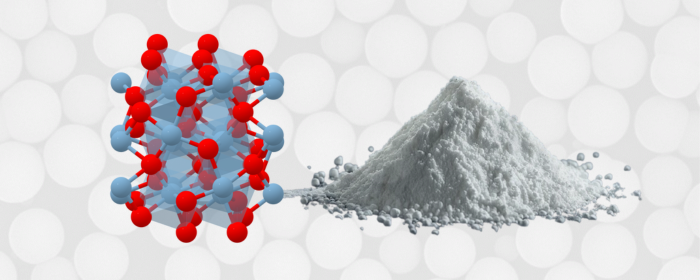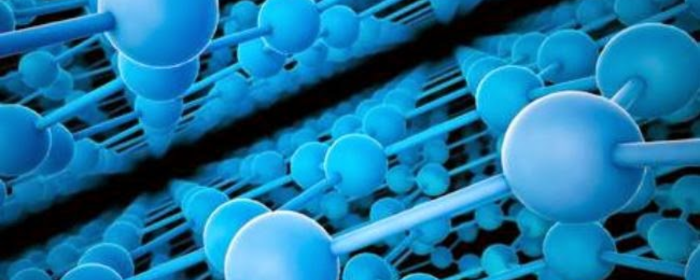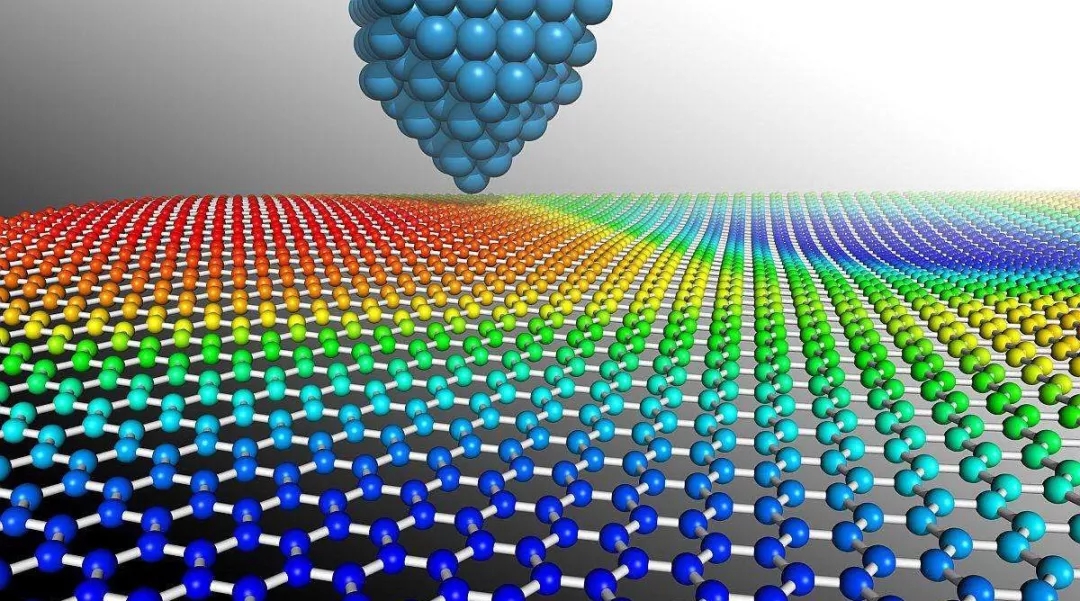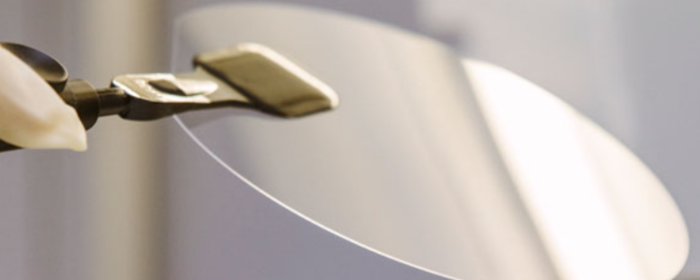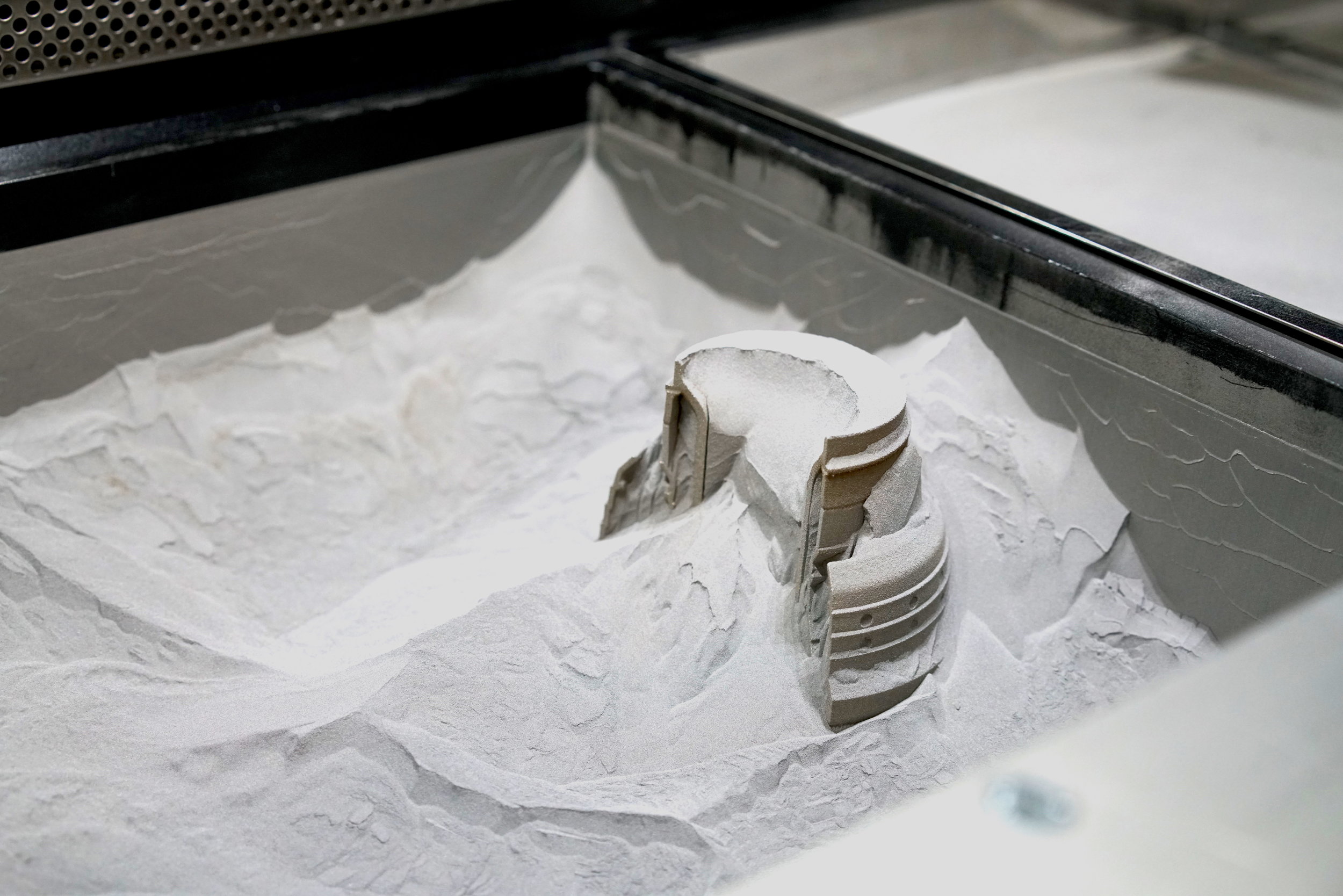

3D printing or additive manufacturing has revolutionized prototyping and production in many industries, including aerospace, medical, and general engineering. Perhaps the most crucial factor in successful metal 3D printing is the quality of the raw material employed. An American university recently looked for high-quality nickel alloy powder to carry out 3D printing experiments and used Stanford Advanced Materials (SAM) spherical nickel powder.
The university required high-purity spherical nickel alloy powder with precise particle size distribution (15-53 µm) for lab-scale experimental 3D printing applications.
1. Material Uniformity. The researchers needed high sphericity and uniform-sized particles in a nickel-based powder to get free-flowing powder and optimal sintering in selective laser melting (SLM) processes.
2. Small-Order Procurement. Since the project was an experiment, the university only needed 2 kg of powder, and it would not be easy to procure from suppliers who usually sell in bulk orders.
3. Application-Specific Properties. The powder needed to possess higher thermal stability, oxidation resistance, and compatibility with existing 3D printing equipment.
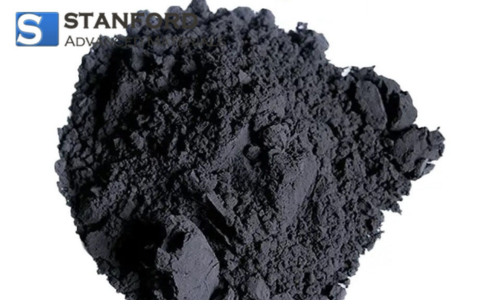
To counter these challenges, SAM provided an end-to-end solution package. For material preparation, the advanced Plasma Rotating Electrode Process (PREP) was used to preserve the sphericity of Spherical Nickel powder to over 98%. Simultaneously, the process also exercised precise control over particle size distribution (15-53μm) and reduced oxygen content to below 0.08%. SAM provided complete technical assistance in the form of optimized SLM parameters (laser power of 180-220W, scan speed of 900-1100mm/s) and custom-designed support structure designs.
SAM provided the university with Spherical Nickel Powder with the following specifications:
The powder sphericity was outstanding, and the uniform particle size distribution ensured minimized defects such as porosity and irregular melting upon printing. SAM's material science capabilities further ensured that the powder was chemically stable, minimizing the risks of oxidation during processing.
The research team was thrilled with the outcome. Here's what they told us:
"SAM's Spherical Nickel Powder surprised us. The perfectly round particles and consistent sizing made a noticeable difference in our 3D printing quality. Prints came out cleaner, stronger, and more reliably than we'd hoped. This wasn't just meeting specifications - it was exceeding our expectations."
Have questions or need spherical powder solutions? Send us an inquiry for expert advice.
1. What are the benefits of spherical nickel powder over non-spherical powder?
Spherical nickel powder is better in a variety of ways. It flows more freely through 3D printers and other equipment. The rounded shape packs more densely together, forming stronger finished parts. You'll also have fewer tiny holes in the finished product, which means greater quality. It melts more evenly in laser printing uses as well.
2. What are the major uses of spherical nickel powder?
This powder has numerous important uses. 3D printing of aircraft parts, car parts, and medical implants is done by manufacturers using this powder. It's perfect for creating small, intricate metal parts through metal injection molding. The powder is also applied to protect surfaces from rust and wear in coatings. You'll also find it in electronics and batteries.
3. Is spherical nickel powder expensive?
Yes, it is generally pricier than irregular powder because it performs better. It ranges in price based on its purity, powder size, and how much you buy. But it is a case of getting what you pay for - it gives you higher quality prints and squanders less material, so you save money in the end for precise work.
4. Is spherical nickel powder toxic?
Be careful with nickel powder - it's harmful when inhaled or ingested. Always wear protective gloves and masks when handling. Handle in well-ventilated areas and follow all safety instructions that come with the product.
5. Besides spherical nickel powder, what other metal powders are used in 3D printing?
Stainless Steel Powder, Titanium Powder, Aluminum Powder, Cobalt-Chrome Alloy Powder, Copper Powder, and so on. SAM can provide all the metal and alloy powders mentioned above.
These articles provide detailed information on metal powders for 3D printing:
How to Choose Metal Powders for 3D Printing
Top 10 Metal Powders: The Basics You Need to Know About Properties
6. What is the purity of SAM’s spherical nickel powder?
We offer several levels of purity to meet your application. Our standard powder is at least 99% pure. Need something purer? We also offer 99.9% pure powder. If your application requires custom levels of purity, simply let us know - we can make it for you.
7. How should spherical nickel powder be stored to prevent moisture absorption?
Store it to maintain your powder dry and fresh. Keep it in an airtight container that is not permeable to moisture. Keep it in a dry, cool place - moisture will ruin it. For long-term storage, add drying agents or special gases like argon. Do not keep it in humid areas or sunlight.
8. Does SAM offer a return policy if there are issues with the powder?
SAM stands behind our products. If you're not satisfied, talk to our customer service division. We'll examine each instance on a case-by-case basis to find the best course of action. Your satisfaction is important to us, so don't ever hesitate to call us if something isn't correct.

